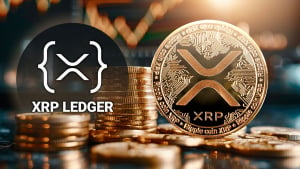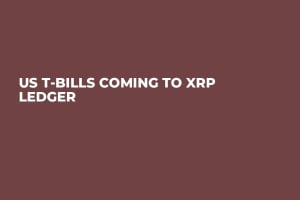
What is XRPL?
XRP Ledger (XRPL) is a decentralized public blockchain designed for fast transfers of XRP, fiat currencies and digital assets, accessible to anyone for development. It was created in 2012 by Jed McCaleb, Arthur Britto and David Schwartz under Ripple Labs with the goal of providing a global payment infrastructure that also supports the digital asset XRP.
XRPL was developed to address inefficiencies in the traditional financial system, using the XRP Ledger Consensus Protocol instead of Bitcoin's energy-intensive proof-of-work. This protocol, known as the Ripple Protocol Consensus Algorithm (RPCA), allows validators to collaboratively determine transaction validity and order.
Validators, a specialized group of nodes, verify transactions to prevent fraud, while nodes maintain ledger copies to ensure decentralization and the integrity of the network, facilitating secure and swift transactions on XRPL.
Advantages
XRP Ledger (XRPL) is designed for scalability and rapid transaction settlement, capable of processing a high volume of transactions per second and finalizing them within seconds. This makes it ideal for applications requiring fast and efficient transaction execution.
XRPL uses a unique consensus algorithm called the Ripple Protocol Consensus Algorithm (RPCA), which differs from traditional proof-of-work (PoW) and proof-of-stake (PoS) systems. Instead of mining, RPCA relies on a group of trusted validators who collaborate to verify and validate transactions, ensuring network integrity and reliability.
XRP Ledger also supports smart contracts and tokenization, enabling a range of decentralized finance (DeFi) applications like lending, borrowing and decentralized exchanges.
Advanced features such as Escrow, Checks and Payment Channels further enhance its capability for complex financial services, including those using the Interledger Protocol. The network's safety is reinforced by mechanisms for amendments and rigorous checks to maintain stability and security.
New stablecoin launched
On Aug. 9, Ripple launched the much anticipated stablecoin. The Ripple USD (RLUSD) stablecoin will be available for beta testing on both XRPL and Ethereum.
RLUSD is designed for instant cross-border money transfers and payment services.
Apart from XRPL and Ethereum, Ripple's stablecoin is also expected to launch on other chains as well.
U.S. Treasury tokens
In early August, RippleX announced that OpenEden, a tokenization platform, will introduce tokenized U.S. Treasury bills (T-bills) to XRP Ledger (XRPL) for the first time.
These tokens are backed by short-term U.S. T-bills and reverse repurchase agreements with U.S. Treasury collateral, marking a significant step in bringing traditional assets into the decentralized finance (DeFi) space.
Ripple highlighted this milestone as an example of how institutional access to DeFi is expanding through the tokenization of real-world assets.
"Number one infrastructure provider"
Ripple CTO David Schwartz emphasized that Ripple is now focusing on integrating XRP Ledger’s technical and financial features into its own operations to offer clients secure and compliant DeFi benefits globally.
Recent data shows a sharp increase in activity on XRP Ledger. On July 2, the ledger recorded 1.4 million transactions with 60,000 trades.
By July 16, the transaction count surged to 4.15 million, with 853,000 trades, reflecting growing usage and adoption of XRPL’s infrastructure.



 Denys Serhiichuk
Denys Serhiichuk Gamza Khanzadaev
Gamza Khanzadaev Tomiwabold Olajide
Tomiwabold Olajide Godfrey Benjamin
Godfrey Benjamin